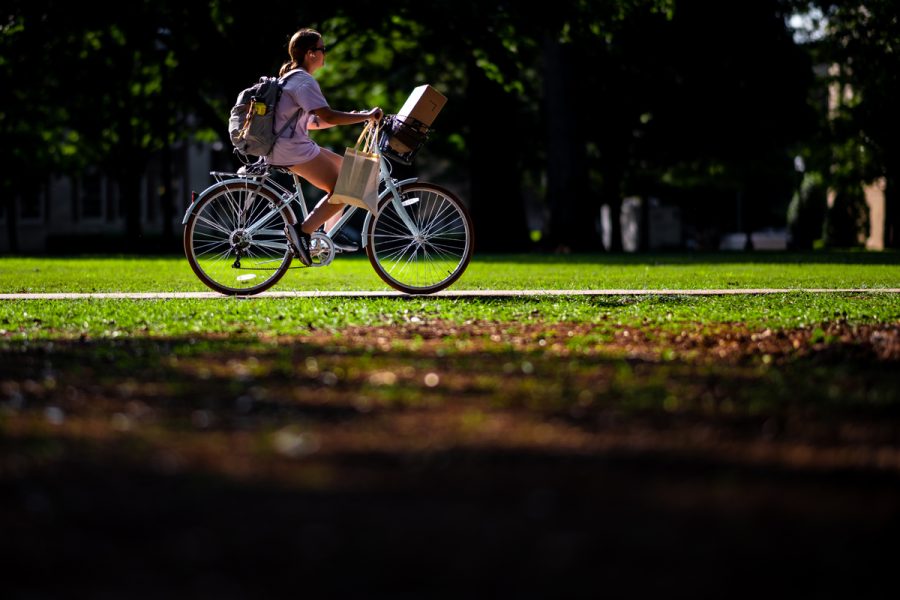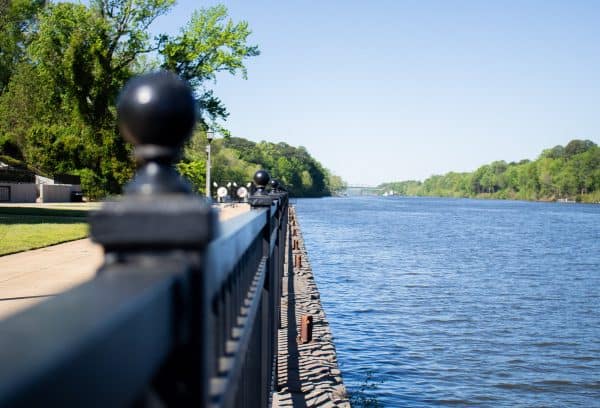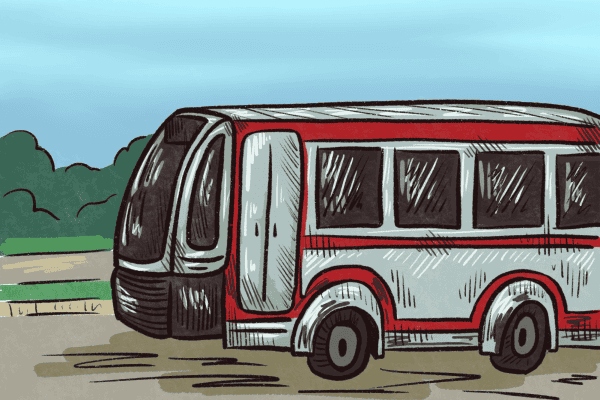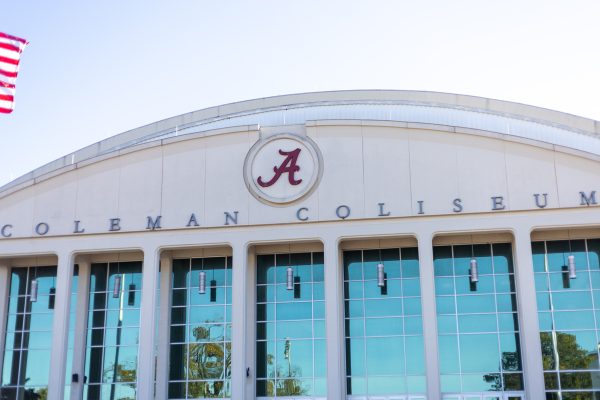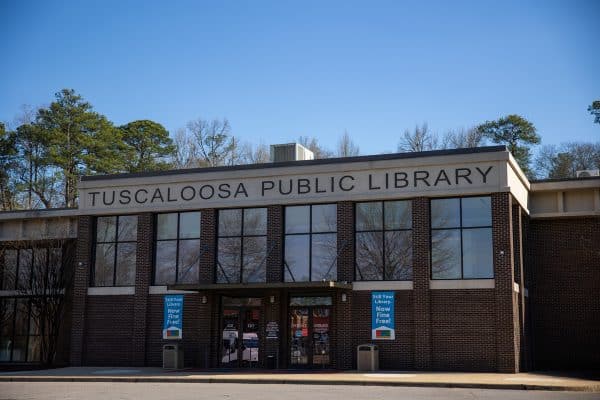Opinion | It’s time to improve Tuscaloosa bicycle accessibility
October 23, 2022
When Tuscaloosa began to focus on development in the mid-twentieth century, construction workers and city planners were likely only thinking about car traffic, catering most of the roads to cars, resulting in an inaccessible county for those interested in cycling.
In 2020, the Tuscaloosa Area Metropolitan Planning Organization released a plan that was intended to “serve as a guide for improving bicycle and pedestrian transportation in Tuscaloosa County.” The University of Alabama was also a contributor to this plan. Since the roads in Tuscaloosa were developed for mostly cars and overlook those who chose to bike or walk their way around, this plan was crucial for the city.
The plan was developed to cover all 1,340 miles of the county, creating bicycle lanes, paths, walking trails, signed routes and shared-use lanes, either funded or unfunded.
Several improvements mentioned in the plan include adding shared-use paths throughout McFarland Boulevard, a sidewalk on Culver Road (US 11/43) from 21st Street to Westlee Drive, and several signs to be added all over the county for bicycles and pedestrians.
Bicycle lanes are any on-road paths for bike use only. Signed routes designate a route that can be used for bicycles to get to a certain point, shared-use roads are lanes that bikes and cars share, and shared-use paths are sidewalks wide enough to be split for traffic.
The MPO plan states that “Most of the projects (167) are relatively low cost and only require adding signs or lane markings. The other 48 projects call for the addition of bicycle lanes or other elements.”
Several of the projects are still where they left off; little are in progress and few have been completed as of August. The projected projects from 2020 for the northern part of the county recommended adding a significant number of signs, but still this has yet to be completed, as well as the addition of signs in the southwest area of Tuscaloosa County.
The MPO plan details how adding signs or lane markings are relatively low cost, but still have not yet completed what is easiest, in comparison to starting construction for widening roads to allow for bicycle lanes or other elements.
Eric Courchesne, geospatial services manager in the department of geography, and Cooper Corey, a graduate student studying geography at the University developed an updated map on Tuscaloosa County’s Bicycle Infrastructure that better detail Tuscaloosa’s bike lanes, shared paths, shared roads, and mountain bike paths, and explains what has been funded or is in progress as of August.
One project, the 2nd Avenue overpass,, made for those who choose to bike and avoid the train tracks, has been developed, though it’s still an issue as very few can get over the steep inclined bridge without walking their bike.
Not being able to fully bike through a development is not creating an accessible path for pedestrians. Cars and bicycles ride through this development creating a bigger issue to be produced, if biking in an area can’t be considered safe, then it should not be deemed as “accessible.”
“There are plenty of paths to take and easy navigating and it’s super convenient to get to class,” said Timothy Dial, a freshman majoring in creative media.
But the issue isn’t just on campus, it is throughout Tuscaloosa.
“It’s not as easy to navigate or to get anywhere so I tend to not go off campus, you need to be alert because when riding in the road, cars do not look out for you,” Dial said.
A new plan is supposed to be developed every five years, yet this one was delayed by three years.
Section 1.5 of the plan states that the MPO “usually updates the bicycle and pedestrian plan every five years. However, due to inconsistent participation at the Bicycle and Pedestrian Committee (BPC), the update was delayed by three years.”
This means that the 2020 plan was supposed to be released in 2017, but then came out in 2020, with the next one to be released in 2025.
In nearly two years, there’s still little work that has been done from this 2020 plan.
The plan states that the proposed projects are “recommendations only.” This clause further justifies the MPO’s inactions on bicycle accessibility.
This still leaves a concern for students here who choose to bike as their means of transportation.
“Biking on campus is easy, but most days I have to go through an area that doesn’t have an obvious bike path. Maybe it’s possible I can take another route but I don’t really know of one” said Caleb Simon, a junior majoring in philosophy and psychology.
On the Tuscaloosa Area MPO website, under the MPO Documents section, they provide an interactive map of bicycle projects. Planned bicycle projects are pink, existing bike lanes and signed routes are dark purple, and planned or funded projects are green. It is certain several things are planned but when reviewing Courchesne and Corey’s map, minimal substantial and effective effort has been made by the MPO.
Tuscaloosa, outside of the University’s campus, consists of several negative biking factors.
“For me, it’s easy because I ride wherever but it’s mostly on the sidewalks that I can, there isn’t really a designated biking area past campus,” Simon said.
In order to ensure things are done, attendance at the Tuscaloosa Area Metropolitan Planning Organization meetings are crucial. Meetings are open to the public which are put out to the media for when they are planning to be held.
As gas prices rise and cycling becomes more popular across the United States, the Tuscaloosa MPO needs to do more than just plan bicycle routes. They must actually initiate projects that provide a safer and more effective route for all riders.

